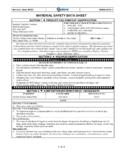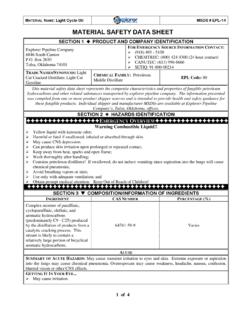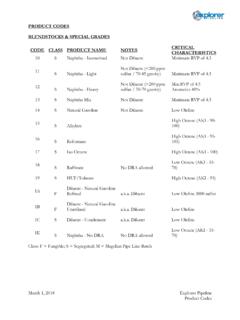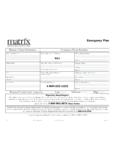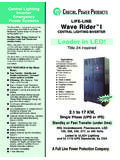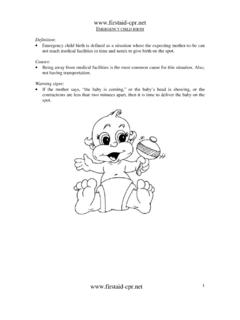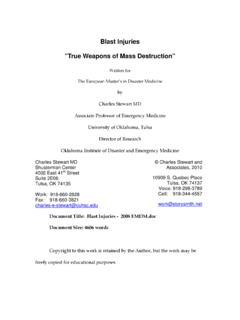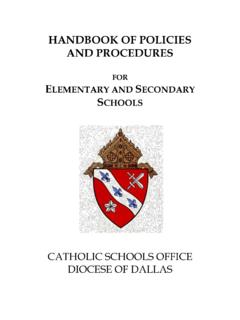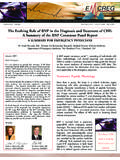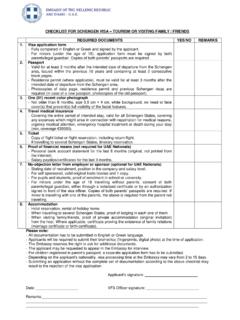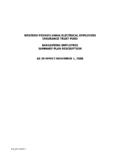Transcription of MATERIAL SAFETY DATA SHEET - Expl
1 MATERIAL NAME: JET A (Aviation Fuel) MSDS # EPL-6 1 of 4 MATERIAL SAFETY data SHEET SECTION 1 X PRODUCT AND COMPANY IDENTIFICATION Explorer Pipeline Company 6846 South Canton Box 2650 Tulsa, Oklahoma 74101 FOR EMERGENCY SOURCE INFORMATION CONTACT: (918) 493 - 5100 CHEMTREC: (800) 424-9300 (24 hour contact) CANUTEC: (613) 996-6666 SETIQ: 91-800-00214 TRADE NAMES/SYNONYMS: Aviation Fuel Jet A, Turbine Fuel A CHEMICAL FAMILY: Petroleum Hydrocarbon, Kerosene EPL Code: 51-54, 59 This MATERIAL SAFETY data SHEET represents the composite characteristics and properties of fungible petroleum hydrocarbons and other related substances transported by explorer pipeline company.
2 The information presented was compiled from one or more product shipper sources and is intended to provide health and SAFETY guidance for these fungible products. Individual shipper and manufacturer MSDSs are available at Explorer Pipeline Company s, Tulsa, Oklahoma, offices. SECTION 2 ; HAZARDS IDENTIFICATION )))))))))))))))))EMERGENCY OVERVIEW)))))))))))))))))WARNING! Combustible liquid-May cause irritation or more serious skin disorders!! Clear, colorless liquid with characteristic kerosene odor; Avoid prolonged or repeated liquid, mist, and vapor contact with eyes, skin, and respiratory tract; Long-term tests show that similar petroleum distillates have produced skin tumors on laboratory animals; May cause CNS depression; Can produce skin irritation upon prolonged or repeated contact; Keep away from heat, sparks and open flame; Wash thoroughly after handling; Contains petroleum distillates!
3 If swallowed, do not induce vomiting since aspiration into the lungs will cause chemical pneumonia; Avoid breathing vapors or mist; Use only with adequate ventilation; and Obtain prompt medical attention. Keep Out of Reach of Children! )))))))))))))))))))))))))))))))))))))))) )))))) SECTION 3 W COMPOSITION/INFORMATION OF INGREDIENTS INGREDIENT CAS NUMBER PERCENTAGE (%) Hydrocarbons with a boiling point range of 325 F to 560 F. Primarily Kerosene Mixed 8008-20-9 100% ACUTE SUMMARY OF ACUTE HAZARDS: May cause transient irritation to eyes and skin.
4 Extreme exposure or aspiration into the lungs may cause chemical pneumonia. Overexposure may cause weakness, headache, nausea, confusion, blurred vision or other CNS effects. GETTING IT IN YOUR May cause irritation. GETTING IT ON YOUR May cause irritation. Prolonged or repeated liquid contact can defat the skin and lead to irritation and/or dermatitis. SWALLOWING May be harmful or fatal if swallowed. BREATHING Extreme overexposure or aspiration into the lungs may cause pneumonia. Overexposure may cause weakness, MATERIAL NAME: JET A (Aviation Fuel) MSDS # EPL-6 2 of 4 headache, nausea, confusion, blurred vision, drowsiness, and other nervous system effects.
5 Inhalation of vapors can produce pulmonary irritation. CHRONIC Chronic human health effects would not be expected as long as good personal hygiene and proper SAFETY precautions are practiced. Caution is recommended for pre-existing central nervous system disease, personnel with pre-existing central nervous system disease, skin disorders, or chronic respiratory diseases should avoid exposure to this product. CANCER, REPRODUCTIVE AND GENETIC EFFECTS This product contains petroleum distillates similar to those shown to produce skin tumors on laboratory animals.
6 See Toxicological Information (Section 11) For More Information SECTION 4 FIRST AID MEASURES EMERGENCY MEDICAL TREATMENT PROCEDURES: Personnel with pre-existing skin disorders or chronic respiratory diseases should avoid exposure to this product. EYES: In case of contact, immediately flush eyes with plenty of water for at least 15 minutes. Call a physician. SKIN: In case of contact, immediately wash skin with soap and water. Wash contaminated clothing before reuse. If irritation develops, consult a physician. INGESTION: If swallowed, do not induce vomiting. Immediately give two glasses of water.
7 Never give anything by mouth to an unconscious person. Call a physician. INHALATION: If inhaled, remove to fresh air. If not breathing, give artificial respiration. If breathing is difficult, give oxygen. Call a physician. NOTE TO PHYSICIAN: TREAT SYMPTOMATICALLY AND SUPPORTIVELY SECTION 5 a FIRE FIGHTING MEASURES Combustible! When heated above the flash point, this MATERIAL will release flammable vapors which if exposed to an ignition source can burn in the open or be explosive in confined spaces. Mists or sprays may be flammable at temperatures below the normal flash point.
8 FLASH POINT:(Method Used) 100-130 F FLAMMABLE LIMITS: LEL: UEL: AUTOIGNITION TEMPERATURE: 410-500 F EXTINGUISHING MEDIA: Dry Chemical, Foam, CO2, Water Fog, or Halon HAZARDOUS REACTIONS/DECOMPOSITION: Incomplete combustion generates carbon monoxide and perhaps other toxic gases. SPECIAL INSTRUCTIONS: For fires involving this MATERIAL , do not enter any enclosed or confined fire space without proper protective equipment. This may include self-contained breathing apparatus to protect against the hazardous effects of combustion products and oxygen deficiencies. Cool tanks and containers exposed to fire with water.
9 SECTION 6 ACCIDENTAL RELEASE MEASURES Review FIRE AND EXPLOSION HAZARDS and SAFETY PRECAUTIONS before proceeding with clean up. Use appropriate PERSONAL PROTECTIVE EQUIPMENT during clean up. Dike spill. Prevent liquid from entering sewers, waterways or low areas. Recover free liquid for reuse or reclamation. Soak up with sawdust, sand, oil dry or other absorbent MATERIAL . Remove source of heat, sparks, flame, impact, friction, and electricity including internal combustion engines and power tools. If equipment is used for spill cleanup, it must be explosion-proof and suitable for flammable liquid and vapors.
10 NOTE: Vapors released from the spill may create an explosive atmosphere. MATERIAL NAME: JET A (Aviation Fuel) MSDS # EPL-6 3 of 4 SECTION 7 HANDLING AND STORAGE Prior to working with this product workers should be trained on its proper handling and storage Special slow load procedures for switch loading must be followed to avoid the static ignition hazard that can exist when this MATERIAL is loaded into tanks previously containing gasoline or other low flash products. Store in accordance with National Fire Protection Association regulations. Protect against physical damage to containers.

